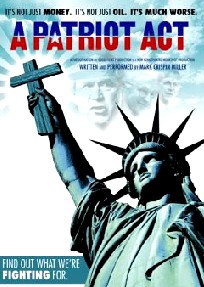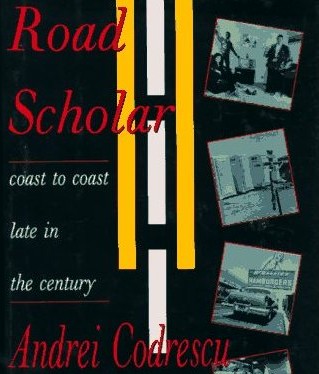In recent years, I’ve watched numerous documentaries and read numerous books on this administration, to the point where they’re all starting to blend in. This film though, knocked me off my seat. Mark Crispin Miller gives an astounding monologue about what he calls the ‘Christo-fascist’ movement that is sweeping the country. That phrase may sound radical, but then ‘Christo-Radical’ movement would suffice just as well (these aren’t republicans, they’re theocrats). If you think I’m exaggerating, watch even ten minutes of the 700 Club sometime (remember Falwell and Robertson saying that pagans, feminists, gays, abortionists and the ACLU were responsible for 911? That was hardly an isolated incident). This is not a club; it’s a movement that is rooted in the kind of theocratic idealism of centuries ago, “when faith registered before reason” as Miller describes it. No, this is not the stuff of paranoia that we occasionally see in other documentaries. One need only keep abreast of the Tom DeLay circus, or the Frist/Schiavo scandal, or James Dobson recently describing liberal judges as black-robed KKK members, or the API’s daily headlines. Today’s… “Democrats Booted Out Of Church for Politics” (in Waynesville, North Carolina), and “Kansas Board Holds Evolution Hearings” (no, that’s not a headline from 1925!).
Like James Mann’s brilliant book “Rise of the Vulcans”, Miller shows us how Bush is merely the frost on the tip of the iceberg (though he does at least a half hour of analysis on Bush’s mindset, which is as funny as it is scary). Miller presents to us, ‘all the president’s men’: those who make up the Council of National Policy (such as Falwell, DeLay, Trent Lott, Ed Meese and Oliver North to name but a few). They’re not only associated with money and power, but in a Christian Reconstructionalist movement (also called Dominion Theology – do a Google on the Chalcedon Foundation) that, in John Ashcroft’s words, puts “God before kings”. If you thought Reagan believing in Armageddon was scary, be prepared for worse news (Bush has even been quoted as saying that God speaks through him, yet the media never even questions these things). This is scary, scary stuff, and to steal a famous quote, “if you’re not worried, you’re not informed”. Don’t believe me though; rent this for yourself and then research this stuff out. But by all means, don’t just stop there. Once you get informed – act!
My grade: 10













